Home>Garden Essentials>Garden Plants>What Do You Use Thyme For In Cooking
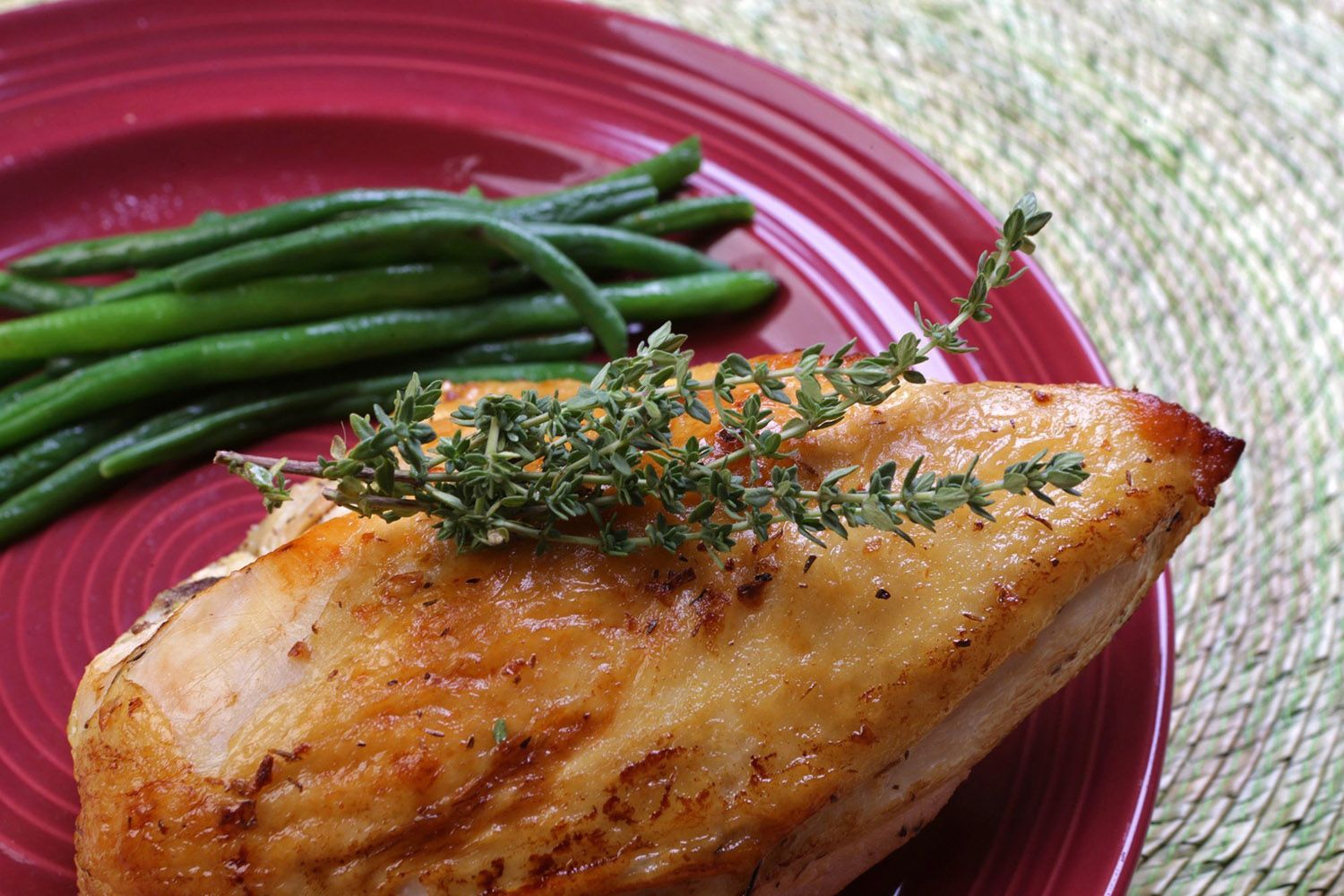

Garden Plants
What Do You Use Thyme For In Cooking
Modified: October 18, 2024
Discover the versatility of thyme plants in cooking. Learn how to use thyme to add flavor to your favorite dishes, from soups to roasted meats and more.
(Many of the links in this article redirect to a specific reviewed product. Your purchase of these products through affiliate links helps to generate commission for Storables.com, at no extra cost. Learn more)
Introduction
Thyme is a versatile herb that has been used in cooking for centuries. Its distinct aroma and flavor make it a popular choice in various culinary traditions around the world. Whether you’re a seasoned chef or an amateur cook, incorporating thyme into your dishes can add a delightful depth of flavor.
Thyme belongs to the mint family and is native to the Mediterranean region. It has a long history of use in both cooking and medicine. Ancient Egyptians recognized thyme for its antiseptic properties, while the Greeks and Romans used it as a flavoring agent in their cuisine.
Today, thyme is grown in many parts of the world, and there are several culinary varieties available. Each variety has its own distinct characteristics, including variations in flavor, size, and appearance. These different varieties offer a range of options for cooks looking to experiment with thyme in their recipes.
When it comes to using thyme in cooking, the possibilities are endless. From soups and stews to meats and vegetables, this herb can elevate a wide array of dishes. In this article, we’ll explore different ways to use thyme in your recipes, as well as the various benefits it brings to the table.
So, whether you’re a fan of Mediterranean cuisine or simply looking to expand your culinary repertoire, join us as we dive into the world of thyme and discover its many culinary uses.
Key Takeaways:
- Thyme’s rich history and diverse culinary varieties make it a versatile herb that can elevate the flavor of a wide range of dishes, from meats and vegetables to desserts and beverages.
- Whether used as a seasoning, infusion, or garnish, thyme’s ability to complement and enhance the flavors of both savory and sweet dishes makes it a valuable and delightful addition to any culinary repertoire.
Read more: What Do You Use Lemon Thyme For
History of Thyme in Cooking
Thyme has been a beloved herb in the culinary world for centuries. Its usage can be traced back to ancient times when it was highly esteemed for its flavor and medicinal properties.
One of the earliest mentions of thyme can be found in writings from ancient Egypt. The Egyptians used thyme as an embalming herb and also infused it in their breads and drinks for added flavor. They believed that thyme offered protection and purification.
In ancient Greece and Rome, thyme was considered a symbol of courage and was associated with strength and vigor. It was commonly used in cooking to add a distinctive aroma and taste to dishes. The Romans, in particular, used thyme extensively in their cuisine, including in sauces, grilled meats, and stews.
During the Middle Ages, thyme gained popularity in European monasteries. The monks recognized its culinary and medicinal properties and cultivated it in their gardens. Thyme was often used to preserve meats and was considered a valuable ingredient in herbal remedies.
Over time, thyme spread around the world as explorers and traders brought it to new regions. Its flavor profile and versatility made it a favorite among different cultures, leading to its incorporation into diverse culinary traditions.
Today, thyme continues to be a staple herb in Mediterranean cuisine, particularly in countries like Italy, Greece, and France. It is used in various classic dishes, such as bouillabaisse, ratatouille, and roast lamb. Additionally, thyme has found its way into the culinary practices of other regions, including North Africa, the Middle East, and parts of Asia.
The rich history of thyme in cooking showcases its enduring appeal and the recognition of its unique flavor and aroma. From ancient civilizations to modern kitchens, thyme has stood the test of time and remains an essential herb in culinary traditions worldwide.
Culinary Varieties of Thyme
Thyme comes in many different varieties, each with its own unique flavor profile and characteristics. The choice of thyme variety can significantly impact the taste and aroma of your dishes. Here are some popular culinary varieties of thyme:
- Lemon Thyme: As the name suggests, lemon thyme has a citrusy twist to its flavor. It has a bright and refreshing taste, making it a fantastic addition to seafood dishes, marinades, and salad dressings.
- English Thyme: This is the most common variety of thyme and often the one readily available in grocery stores. It has a well-rounded flavor with earthy and slightly minty notes. English thyme is versatile and can be used in a wide range of recipes, including roasts, vegetables, and sauces.
- French Thyme: French thyme has a slightly sweeter and milder flavor compared to English thyme. It pairs well with delicate dishes like eggs, cream-based sauces, and lighter meats.
- Creeping Thyme: Also known as wild thyme, creeping thyme has a low-growing habit and spreads vigorously, making it a popular choice for ground cover. It has a strong, pleasant fragrance and is often used in herb gardens and rock gardens.
- Caraway Thyme: This variety of thyme has a distinctive aroma reminiscent of caraway seeds. It adds a unique depth of flavor to roasted vegetables, bread, and herb-infused oils.
- Variegated Thyme: Known for its attractive variegated foliage, variegated thyme adds both visual appeal and flavor to dishes. It can be used in the same way as other thyme varieties and provides a subtle lemony taste.
These are just a few examples of the many thyme varieties available. When choosing thyme for your recipes, consider the specific flavor profile you desire and how it will enhance the overall dish. Experimenting with different thyme varieties can bring exciting new tastes to your culinary creations.
How to Use Thyme in Cooking
Thyme is a versatile herb that can be used in a variety of ways to enhance the flavor of your dishes. Whether you’re using fresh or dried thyme, here are some popular methods for incorporating thyme into your cooking:
- Seasoning: Thyme makes an excellent seasoning for a wide range of dishes. You can sprinkle it over roasted vegetables, grilled meats, or even on top of homemade pizza for an extra burst of flavor.
- Infused Oils and Vinegars: Thyme-infused oils and vinegars are a fantastic way to incorporate thyme into your cooking. Simply add a few sprigs of fresh thyme to a bottle of olive oil or vinegar and let it infuse for a week or two. Use the infused oil in salad dressings, marinades, or drizzle it over bread.
- Herb Butter: Blend softened butter with finely chopped fresh thyme to create a flavorful herb butter. This herb-infused butter can be spread on bread, melted over grilled steaks, or used as a finishing touch on roasted vegetables.
- Teas and Infusions: Thyme can be used to make aromatic teas and infusions. Steep a few sprigs of fresh thyme in hot water for a soothing and fragrant herbal tea. You can also infuse thyme in honey or syrup to add a unique flavor to beverages or desserts.
- Sauces and Marinades: Add thyme to your favorite sauces and marinades to elevate their taste. Whether it’s a classic tomato sauce, a savory gravy, or a tangy marinade for grilled meat, thyme will bring depth and complexity to the flavors.
- Herb Blends: Thyme pairs well with other herbs and spices, making it a valuable ingredient in herb blends. Combine it with rosemary, oregano, parsley, or basil to create your own signature herb mixtures for seasoning meats, vegetables, and marinades.
Remember, when using fresh thyme, you can strip the leaves from the woody stems and add them directly to your dishes. If using dried thyme, crush the leaves gently between your fingers before adding them to release their aromatic oils.
Whether you’re using thyme as a seasoning, infusion, or herb blend, it adds a unique and delightful flavor to a wide range of dishes. So, don’t hesitate to experiment and explore the many possibilities of using thyme in your cooking.
Enhancing Flavor with Thyme
Thyme is known for its aromatic and distinctive flavor, which can elevate the taste of a variety of dishes. Here are some ways in which thyme can enhance the flavor of your culinary creations:
- Herbal and Earthy Notes: Thyme has a unique combination of herbal and earthy flavors that can add depth and complexity to your dishes. The taste of thyme is often described as slightly minty with hints of lemon and a subtle floral undertone.
- Balancing Savory and Sweet: Thyme has the ability to balance both savory and sweet flavors. It can add a savory element to meaty dishes, while also harmonizing with the sweetness of roasted vegetables or fruit-based desserts.
- Aromatics: The aroma of thyme is equally appealing as its taste. When heated, thyme releases its fragrant oils, creating a pleasant and inviting scent in the kitchen. This aromatic quality enhances the overall sensory experience of your meal.
- Complementing Other Ingredients: Thyme pairs well with a wide range of ingredients and flavors. It works particularly well with garlic, onions, lemon, rosemary, and basil. Whether you’re making a hearty stew or a delicate seafood dish, thyme can bring harmony to the various components of your recipe.
- Enhancing Roasted and Grilled Foods: Thyme is an excellent herb for roasted and grilled dishes. Its flavor intensifies when exposed to heat, allowing it to infuse into meats, vegetables, and even breads. Whether you’re roasting a chicken or grilling vegetables, the addition of thyme can elevate the flavors to new heights.
- Providing Balance and Complexity: Thyme adds a layer of complexity to your dishes, making them more interesting and satisfying. Its nuanced flavor profile can help balance the richness of heavy dishes, cut through the fatty elements of meats, and bring a refreshing note to creamy sauces or soups.
Whether you’re using thyme as a primary flavor or as a supporting herb, its ability to enhance and elevate the taste of your dishes is undeniable. The next time you’re cooking, consider reaching for thyme to add that extra touch of flavor that will impress your taste buds and those of your guests.
Read more: What Is Thyme Used For
Thyme as a Seasoning for Different Dishes
Thyme is a versatile herb that can be used as a seasoning in a wide variety of dishes. Its distinctive flavor profile and aroma make it a popular choice for adding depth and complexity to your culinary creations. Here are some examples of how you can use thyme as a seasoning in different types of dishes:
- Roasted Vegetables: Sprinkle fresh or dried thyme over a medley of roasted vegetables to bring out their natural flavors. Thyme pairs well with vegetables like potatoes, carrots, zucchini, and bell peppers. Toss the vegetables with olive oil, salt, pepper, and thyme before roasting for a delicious and aromatic side dish.
- Grilled Meats: Thyme can impart a savory and earthy flavor to grilled meats. Marinate chicken, beef, or lamb with a mixture of thyme, garlic, lemon juice, olive oil, and your preferred spices. The thyme-infused marinade will enhance the taste of the meat, creating a delicious and aromatic entrée.
- Pasta and Risotto: Add depth to your pasta dishes or risotto by incorporating thyme. Whether it’s a creamy pasta sauce or a cheesy risotto, thyme’s herbaceous and slightly minty flavor can complement the richness of the dish. Stir in some chopped fresh thyme leaves or sprinkle dried thyme during the cooking process to infuse the flavors throughout.
- Salads: Sprinkle a pinch of chopped fresh thyme leaves on your favorite salads for an extra burst of flavor. Thyme can add a subtle herbal note to green salads, grain-based salads, or even fruit salads. Combine it with olive oil and lemon juice to create a simple and refreshing vinaigrette.
- Soup and Stews: Enhance the flavors of your soups and stews by adding thyme. Whether you’re making a hearty beef stew, a comforting chicken noodle soup, or a creamy potato soup, a hint of thyme can bring a comforting and earthy taste to the dish. Add it during the cooking process and let it simmer to infuse the flavors.
- Baked Goods: Thyme can also be used as a unique seasoning in baked goods. Consider incorporating it into bread dough, savory scones, or herbed crackers for a savory twist. The combination of thyme and buttery pastry or dough creates a delightful and unexpected flavor profile.
Remember to adjust the amount of thyme based on your personal preference and the particular dish you’re preparing. Whether you’re adding a subtle hint or a bold herbaceous flavor, thyme can be a versatile and delicious addition to a variety of dishes, bringing warmth and complexity to your meals.
Thyme in Sauces and Marinades
Thyme is a wonderful herb to incorporate into sauces and marinades, as it adds a depth of flavor and complexity to your dishes. Whether you’re looking to enhance the taste of meats, vegetables, or even pasta, using thyme in your sauces and marinades can elevate your culinary creations to new heights. Here are some ways to incorporate thyme into your sauces and marinades:
- Classic Tomato Sauce: Add depth to your homemade tomato sauce by including thyme. Whether you’re making a marinara, a Bolognese, or a pizza sauce, the earthy and herbaceous flavor of thyme can beautifully complement the tanginess of tomatoes. Simmer the sauce with fresh thyme sprigs or add dried thyme during the cooking process to infuse the flavors.
- Herb Marinade for Meats: Create a flavorful herb marinade for meats by combining thyme with other herbs like rosemary, sage, and garlic. Mix the herbs with olive oil, lemon juice, salt, and pepper to create a tangy and aromatic marinade. Allow the meat to marinate for a few hours or preferably overnight to let the flavors penetrate the meat.
- Creamy Herb Sauce: Incorporate thyme into creamy sauces to add an extra layer of flavor. Whether it’s a béchamel sauce, a mushroom cream sauce, or an herbed Alfredo sauce, thyme can enhance the richness and complexity of the dish. Add chopped fresh thyme leaves to the sauce during the cooking process and let it infuse its aromatic qualities into the creaminess.
- Gravy and Pan Sauce: When making gravies or pan sauces for roasted meats, consider adding thyme for a touch of earthiness and herbaceousness. After roasting the meat, deglaze the pan with some broth or wine, and stir in fresh or dried thyme. The thyme-infused pan sauce creates a flavorful accompaniment to your meat.
- Vinaigrettes: Thyme can bring a unique twist to your salad dressings. Combine thyme with olive oil, vinegar or lemon juice, mustard, honey, and salt to create a tangy and herb-infused vinaigrette. Drizzle it over mixed greens, roasted vegetables, or grain-based salads for a burst of flavor.
Thyme’s versatility allows it to complement a wide range of flavors, making it a valuable herb in the creation of sauces and marinades. Whether you’re aiming for a savory, tangy, or rich taste, incorporating thyme can enhance the overall flavor profile of your dishes and create a memorable culinary experience.
When using thyme in cooking, remember that a little goes a long way. It has a strong flavor, so start with a small amount and taste as you go to avoid overpowering your dish.
Thyme in Soups and Stews
When it comes to soups and stews, thyme is a go-to herb for adding depth and flavor. Its earthy and herbaceous notes blend seamlessly with hearty ingredients, creating a comforting and aromatic dish. Whether you’re making a classic chicken noodle soup, a hearty beef stew, or a vegetable medley, here’s how you can use thyme to enhance your soups and stews:
- Leaves or Sprigs: One of the easiest ways to incorporate thyme into soups and stews is by adding fresh thyme leaves or sprigs directly to the pot. The leaves will infuse the broth with their aromatic oils, while the sprigs can be easily removed before serving.
- Bouquet Garni: Create a bouquet garni by tying together fresh thyme sprigs, along with other herbs like parsley and bay leaves, in a cheesecloth or a piece of kitchen twine. This allows you to easily add and remove the herb bundle from your soups and stews, infusing them with flavor without having to fish out individual leaves or sprigs.
- Dried Thyme: If fresh thyme is not available, dried thyme can be a convenient alternative. Remember that dried herbs are more potent than fresh ones, so you’ll need less. Add dried thyme early in the cooking process to allow the flavors to meld and develop.
- Herb Blends: Thyme pairs well with other herbs and spices, making it a valuable ingredient in herb blends for soups and stews. Consider combining thyme with rosemary, parsley, sage, or bay leaves to create a flavor profile that suits your taste preferences. Experimenting with different herb combinations can add complexity and nuance to your dishes.
- Flavoring the Base: Thyme can also be used to flavor the base of your soups and stews. Sauté onions, garlic, and celery in a little oil or butter, and add fresh or dried thyme during the cooking process. This allows the thyme to infuse the base ingredients with its herbaceous aroma and flavor before adding the stock and other ingredients.
Whether you’re making a light vegetable soup, a robust meat-based stew, or a creamy bisque, thyme can add a savory and comforting element to your dish. Its aroma and taste can transform a simple bowl of soup or stew into a flavorful and satisfying meal.
Remember to taste and adjust the amount of thyme based on your preference and the intensity of the other flavors in your soup or stew. By incorporating thyme, you’ll elevate the overall flavor profile and create a delicious and memorable dining experience.
Thyme in Meat and Poultry Recipes
Thyme is a versatile herb that pairs exceptionally well with meat and poultry, adding a savory and herbaceous flavor that beautifully enhances these proteins. Whether you’re cooking chicken, beef, pork, or lamb, here are some ways to incorporate thyme into your meat and poultry recipes:
- Marinades: Create a flavorful marinade by combining thyme with other herbs, garlic, olive oil, and citrus juice or vinegar. This herbaceous marinade will infuse the meat or poultry with its bold flavors, tenderizing it and adding depth to the taste. Allow the meat to marinate for a few hours or overnight before grilling, roasting, or searing.
- Rubs: Combine chopped fresh thyme leaves with other spices and herbs to create a dry rub for your meat or poultry. This aromatic blend can be massaged onto the meat before cooking, creating a flavorful crust and infusing the dish with thyme’s distinctive taste.
- Stuffing and Seasoning: When roasting whole chicken, turkey, or other large cuts of meat, consider incorporating thyme into the stuffing or seasoning. Mix fresh thyme leaves with breadcrumbs, onions, garlic, and other herbs for a flavorful stuffing. Alternatively, create a seasoned butter with thyme and other herbs to spread under the skin of the meat before roasting. This allows the flavors to penetrate the meat as it cooks, resulting in a delicious and aromatic dish.
- Sauces and Gravies: Add thyme to your sauces and gravies to enhance the flavor of meat and poultry dishes. Whether you’re making a savory mushroom sauce, a tangy pan sauce, or a rich gravy, thyme’s earthy and herbaceous notes can bring depth and complexity to the sauces, complementing the meat perfectly.
- Stews and Braises: Thyme is a classic seasoning for meat and poultry stews and braises. Whether you’re making a hearty beef stew, a comforting chicken casserole, or a tender lamb braise, adding thyme will infuse the dish with a savory and aromatic flavor, enhancing the richness of the meat and creating a delicious and satisfying meal.
Thyme can bring a delightful and aromatic dimension to meat and poultry recipes. Its herbaceous and slightly minty flavor profile enhances the natural flavors of the proteins, making every bite more enjoyable. Experiment with thyme in different meat and poultry dishes to discover your favorite flavor combinations and let this versatile herb elevate your culinary creations.
Read more: How Do You Mince Thyme
Thyme in Vegetarian and Vegan Recipes
Thyme is a versatile herb that adds a wonderful depth of flavor to vegetarian and vegan dishes. It can enhance the taste of vegetables, grains, legumes, and plant-based proteins, elevating the overall culinary experience. Here are some ways to incorporate thyme into your vegetarian and vegan recipes:
- Roasted Vegetables: Sprinkle fresh thyme leaves or dried thyme over a medley of roasted vegetables to enhance their natural flavors. Thyme pairs well with veggies like potatoes, carrots, eggplant, and zucchini. Toss the vegetables with a drizzle of olive oil, salt, pepper, and thyme before roasting for a flavorful and aromatic side dish.
- Herbed Grains: Add a touch of thyme to your cooked grains like rice, quinoa, or farro. It infuses the grains with an herby and earthy taste, making them more interesting and delicious. Use it in pilafs, grain salads, or as a side dish to complement your main course.
- Plant-Based Proteins: Incorporate thyme into dishes featuring plant-based proteins like tofu, tempeh, or seitan. Marinating these proteins with thyme, along with other herbs and spices, can add complexity and depth to their flavors. It can be particularly delightful when grilling or pan-frying tofu or tempeh.
- Herb-Infused Oils: Create your own herb-infused oils like thyme-infused olive oil, which can be used to drizzle over salads, bread, pasta dishes, or roasted vegetables. Simply infuse a few sprigs of thyme in a bottle of olive oil for a week or two, and you’ll have a flavorful and aromatic oil at your disposal.
- Soups and Stews: Thyme works wonders in vegetarian soups and stews, adding a savory note and depth of flavor to the broth. Whether it’s a hearty vegetable stew, lentil soup, or creamy potato chowder, thyme can bring a comforting and aromatic element to these dishes.
- Sauces and Dips: Incorporate thyme into your sauces and dips to enliven the flavors of your vegetarian and vegan dishes. It can be added to tomato-based pasta sauces, herb-infused creamy dressings, or savory dips like hummus or tahini sauce.
Thyme is a versatile herb that can be used to enhance the flavors of a wide variety of vegetarian and vegan recipes. It adds a savory and herbaceous note that complements the natural goodness of plant-based ingredients. Explore different culinary possibilities with thyme to create memorable and delicious vegetarian and vegan dishes.
Thyme in Baking and Desserts
Thyme may not be the first herb that comes to mind when it comes to baking and desserts, but its unique flavor and aroma can bring delightful and unexpected twists to sweet treats. Whether used as a subtle hint or a bold infusion, thyme can add depth and complexity to your baked goods and desserts. Here are some ways to incorporate thyme into your baking:
- Infused Sugars: Create thyme-infused sugars by mixing fresh thyme leaves with granulated sugar and letting it sit for a few days. The sugar will absorb the herbal essence, creating a subtly flavored sweetener. Use it to add a touch of thyme to cookies, cakes, and even cocktails.
- Herb-Infused Syrups: Make an herb-infused syrup by simmering fresh thyme with water and sugar. This flavorful syrup can be brushed onto cakes or drizzled over desserts to impart a unique flavor profile. It can be particularly delightful when used in combination with lemon or berries.
- Shortbread and Cookies: Enhance the flavor of your shortbread and cookies by incorporating thyme into the dough. Finely chop fresh thyme leaves and mix them with butter, sugar, and flour for a fragrant and herbaceous twist. Thyme pairs well with flavors like lemon, lavender, and honey in these baked treats.
- Fruit Tarts and Pies: Add a touch of thyme to your fruit tarts and pies to bring out the natural flavors of the fruits. Thyme pairs especially well with berries, stone fruits like peaches and plums, and apples. Sprinkle some thyme leaves over the fruit filling or incorporate it into the crust for a unique and flavorful twist.
- Citrus Desserts: Combine thyme with citrus fruits in your desserts for a delightful burst of flavor. Lemon bars, lime tarts, or orange-infused pound cakes can benefit from the addition of thyme, which complements the citrusy notes and adds a subtle herbaceous element.
- Ice Cream and Sorbet: Infuse thyme into your homemade ice cream or sorbet bases to create a distinct and refreshing flavor. Simmer fresh thyme in the milk or cream before incorporating it into the base. The resulting frozen treat will have a subtle, herbaceous taste that pairs well with a variety of flavors, from fruity to chocolatey.
Thyme’s versatility extends to the world of desserts, adding complexity and intrigue to your baked goods and sweets. Whether you’re experimenting with herb-infused sugars, incorporating thyme into your cookie dough, or adding it to fruit-filled pastries, thyme can elevate your baking creations and surprise your taste buds with its unexpected yet delightful flavors.
Thyme as a Garnish and Infusion
Thyme is not only a herb that adds flavor during the cooking process, but it can also be used as a garnish or infusion to enhance the presentation and overall sensory experience of your dishes and beverages. Here are some ways you can use thyme as a garnish and infusion:
- Garnish: Sprigs of fresh thyme can be used as a beautiful and aromatic garnish for a variety of dishes. Whether it’s a plate of roasted vegetables, a grilled steak, a creamy soup, or a savory tart, a few leaves or sprigs of thyme placed strategically on top can provide a finishing touch, adding visual appeal and a hint of its delightful aroma.
- Infused Liquids: Thyme can be infused into various liquids like water, oil, vinegar, and even alcohol. Infusing water with thyme can create a refreshing and herbaceous drink, perfect for sipping on a hot day. Infused oils and vinegars add a unique flavor to dressings, marinades, and dipping sauces. For a creative twist, infuse alcohol like vodka or gin with thyme to create a herb-infused cocktail.
- Herbal Tea: Thyme can be used to create a soothing and aromatic herbal tea. Steep a few fresh thyme sprigs in hot water for a few minutes to release its oils and aroma. Thyme tea is known for its calming properties and is often enjoyed with a touch of honey and lemon. It’s a wonderful way to unwind and enjoy the herb’s natural benefits.
- Infused Honey and Syrups: Infused honey and syrups can add a unique flavor twist to desserts, cocktails, and even savory dishes. Add a few sprigs of fresh thyme to a jar of honey or simple syrup, and let it infuse for a week or two. The resulting thyme-infused sweetener can be drizzled over pancakes, used in cocktail mixology, or incorporated into glazes for roasted meats or vegetables.
- Herbal Butter: Thyme can effortlessly enhance the flavor of butter. Blend softened butter with finely chopped fresh thyme leaves to create a flavorful herb butter. You can spread it on bread, melt it over grilled meats and vegetables, or use it as a finishing touch on pasta dishes.
Thyme as a garnish and infusion is a wonderful way to add visual appeal, aroma, and a burst of flavor to your dishes and beverages. Whether it’s using it as a decorative touch, infusing liquids, creating herbal teas, or incorporating it into honey or butter, thyme can elevate your culinary creations and provide a memorable sensory experience.
Conclusion
Thyme is a remarkable herb that has been treasured in culinary traditions for centuries. Its distinct aroma and flavor make it a versatile ingredient that can be used in a myriad of dishes to enhance taste and elevate the overall culinary experience. From its rich history in ancient civilizations to its prevalence in modern kitchens around the world, thyme has proved its enduring appeal and versatility.
Whether you’re using thyme in sauces and marinades to add depth to your meat and poultry recipes, incorporating it into soups and stews for a savory and aromatic twist, or exploring its potential in vegetarian and vegan dishes, thyme has the ability to transform ordinary meals into extraordinary culinary creations.
Thyme’s versatility allows it to complement a wide array of flavors, making it a valuable herb in a range of dishes. It can add depth to savory dishes, bring balance to sweet treats, and provide a fragrant and appealing garnish or infusion to various beverages and sauces.
As you experiment with thyme in your cooking endeavors, remember to adjust the amount based on your personal preference and the specific dish you’re preparing. Whether you opt for fresh thyme leaves or dried thyme, always consider the aromatics and flavors that thyme can impart to your culinary creations.
So, embrace the culinary journey with thyme and explore its many possibilities. Let its distinctive flavor transport your taste buds to new heights, and allow it to add depth and complexity to your dishes. Whether you’re a professional chef or a home cook, thyme is a herb worth exploring and incorporating into your culinary repertoire.
So go ahead, sprinkle some thyme, infuse your dishes with its delightful aroma, and discover the wonders this herb has to offer in your culinary adventures!
Frequently Asked Questions about What Do You Use Thyme For In Cooking
Was this page helpful?
At Storables.com, we guarantee accurate and reliable information. Our content, validated by Expert Board Contributors, is crafted following stringent Editorial Policies. We're committed to providing you with well-researched, expert-backed insights for all your informational needs.
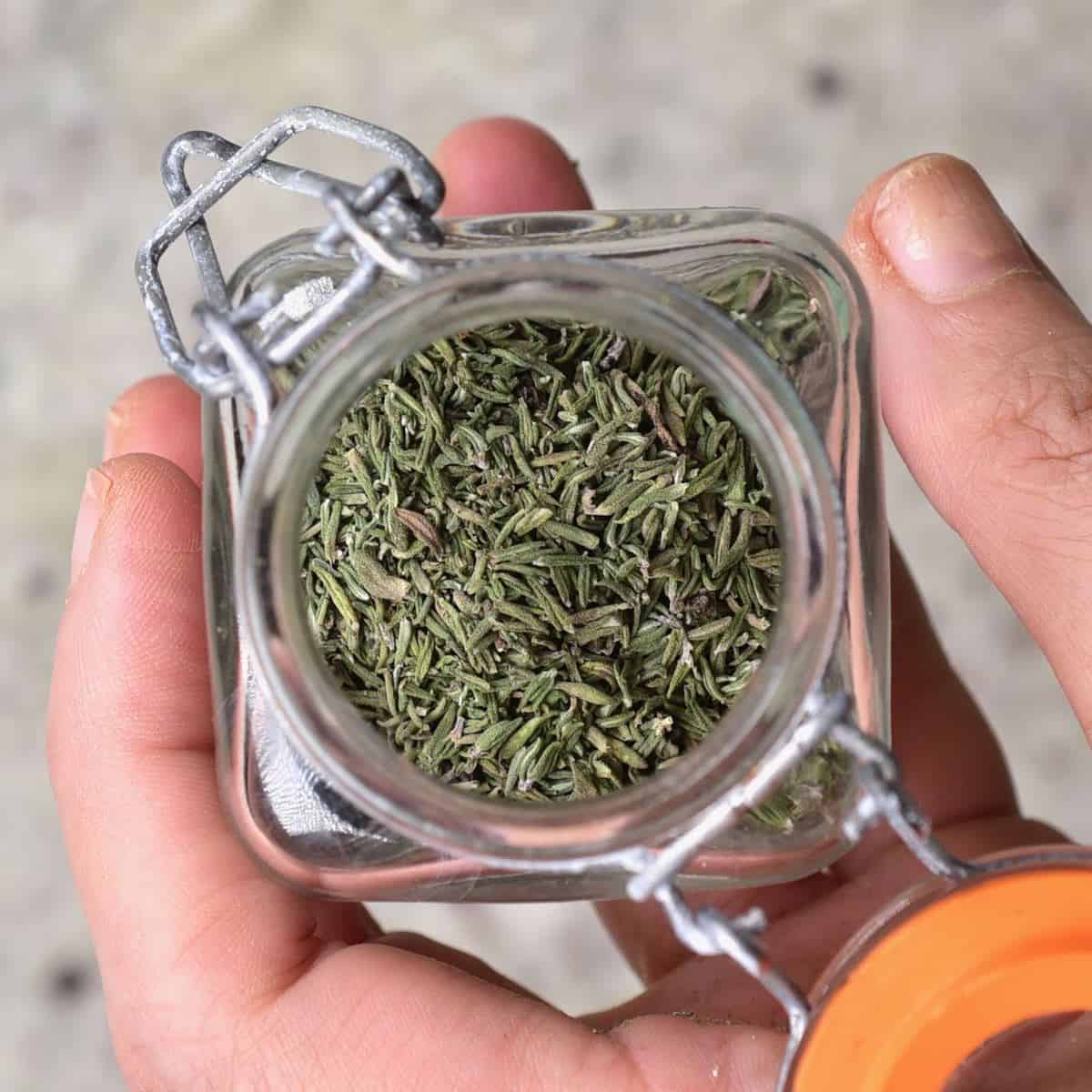
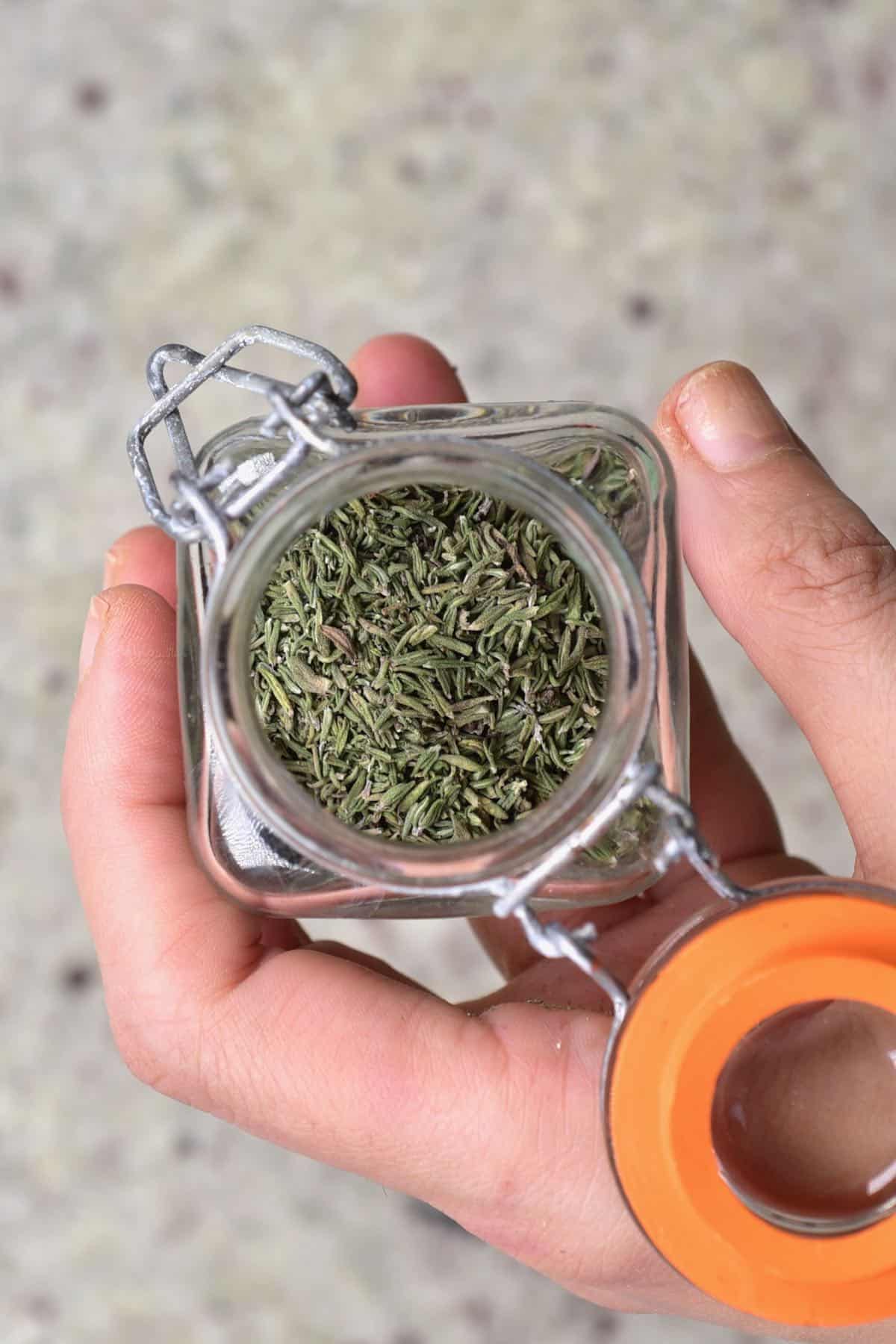
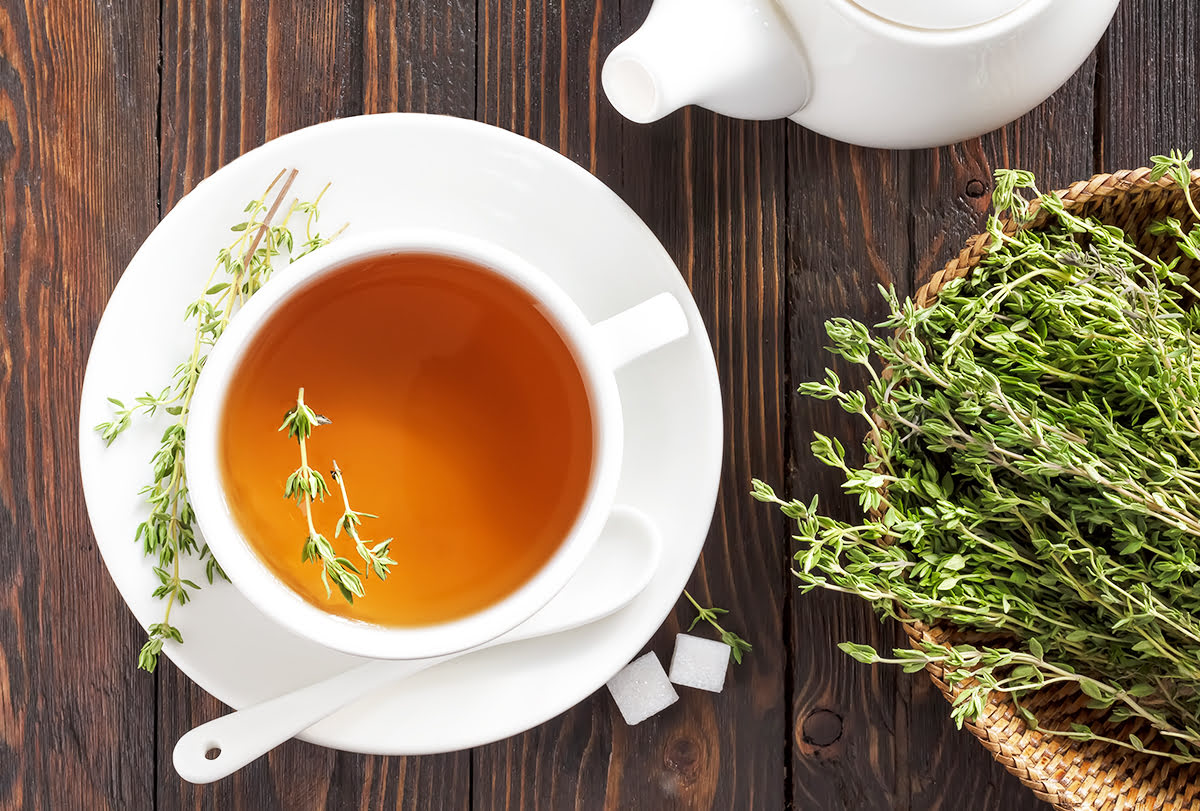
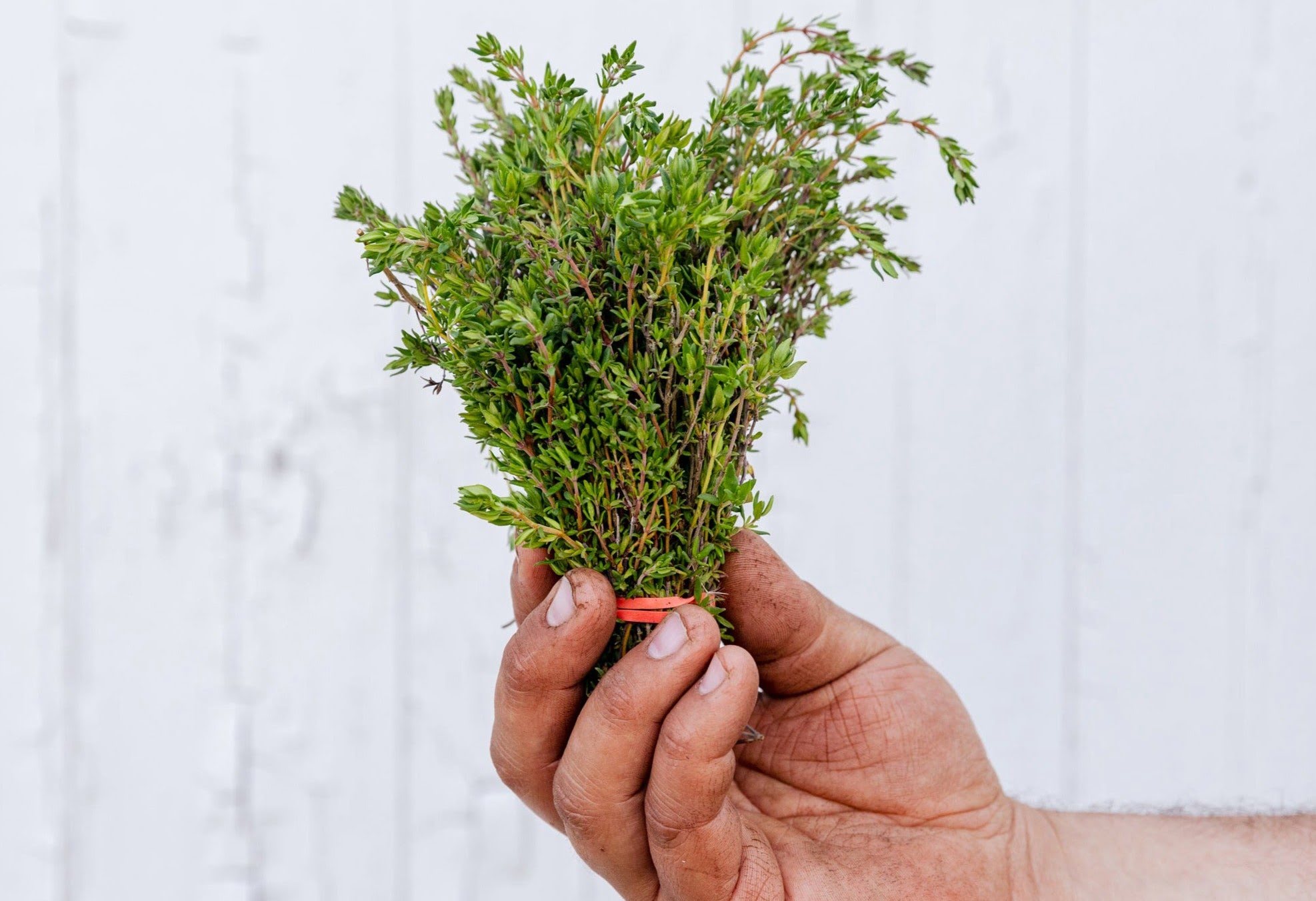
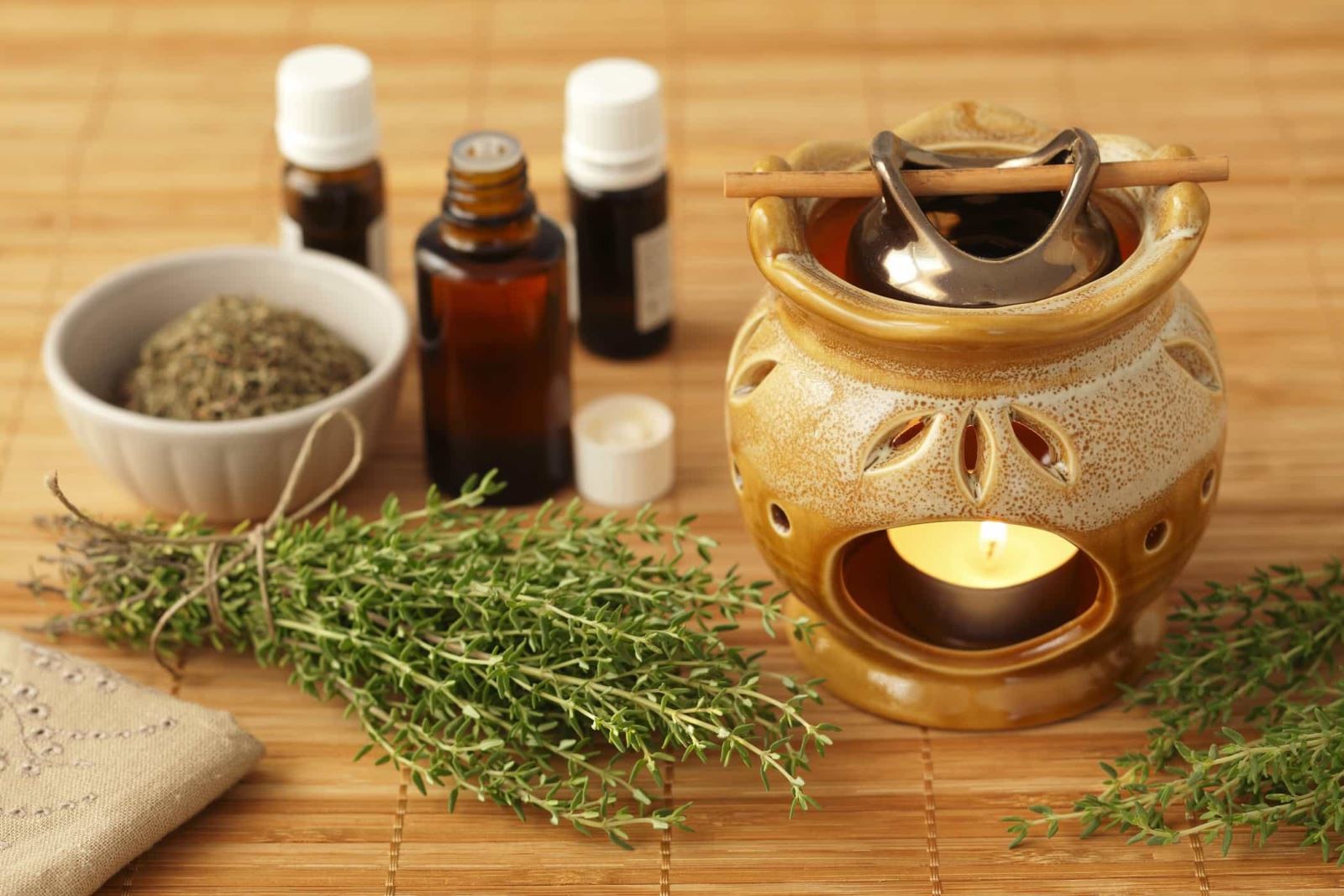


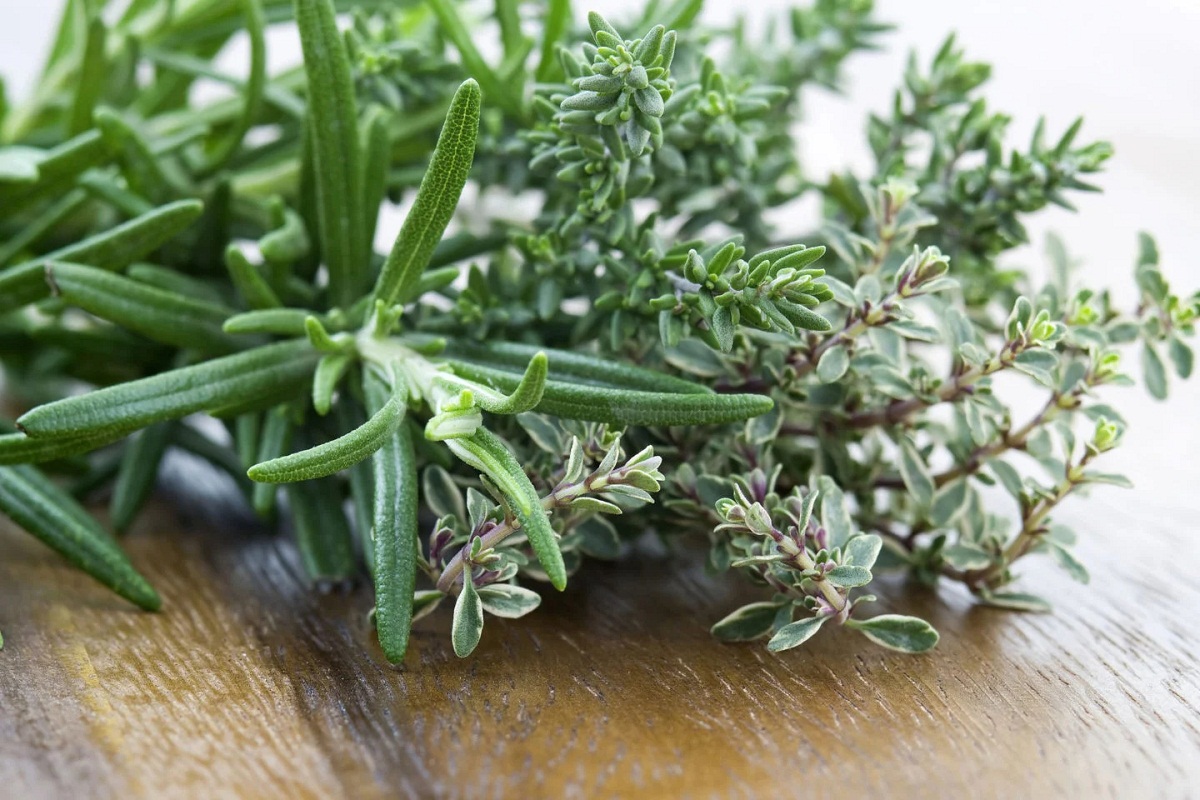
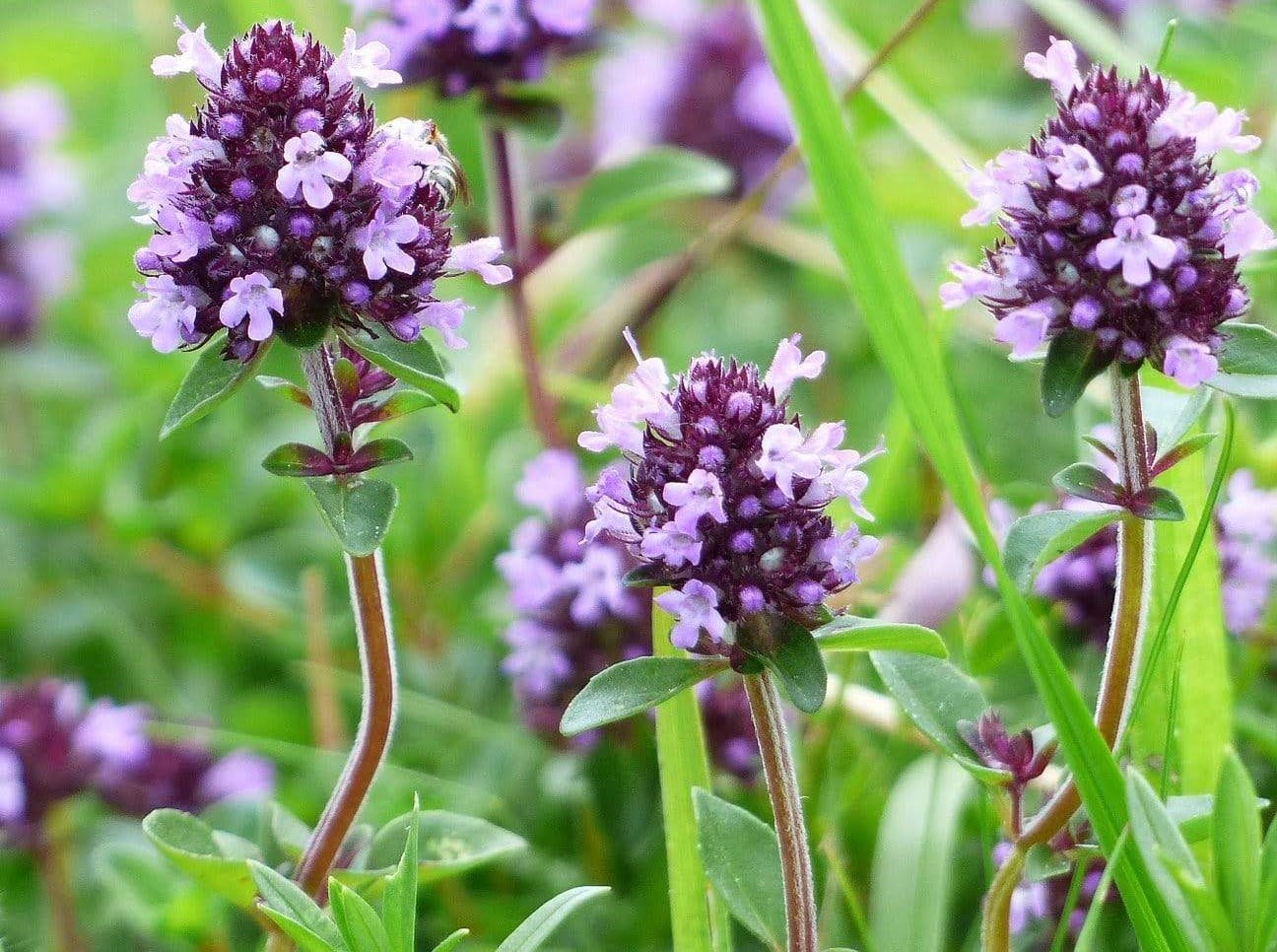
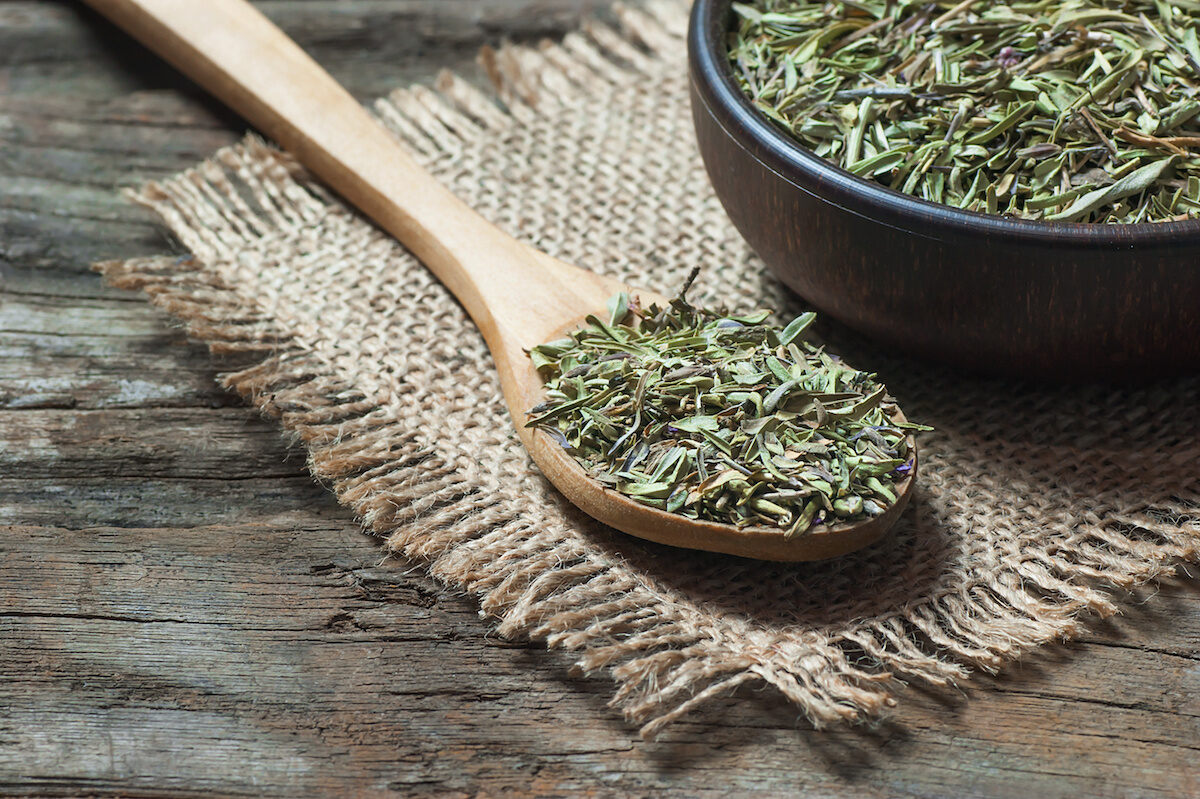
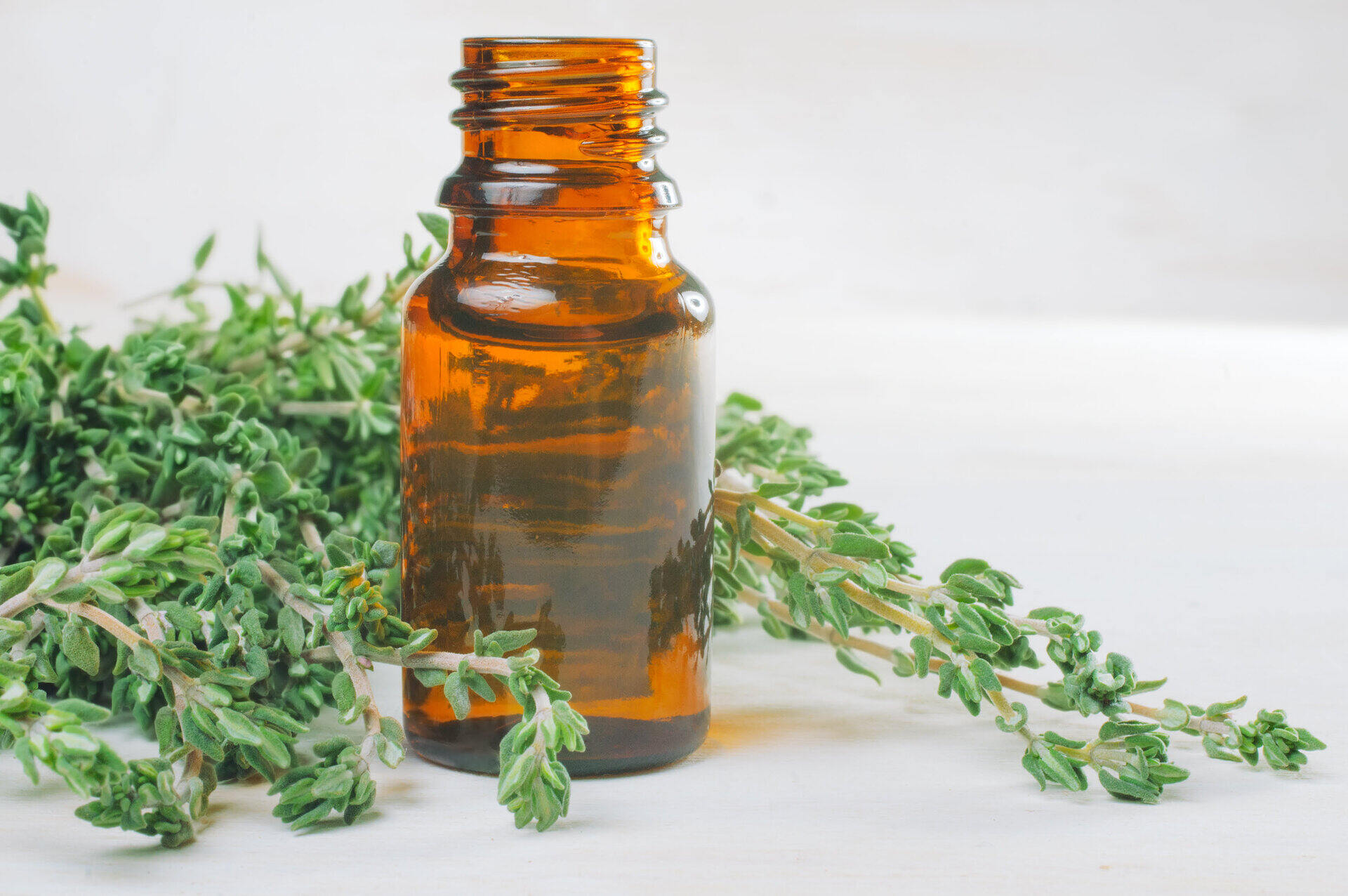
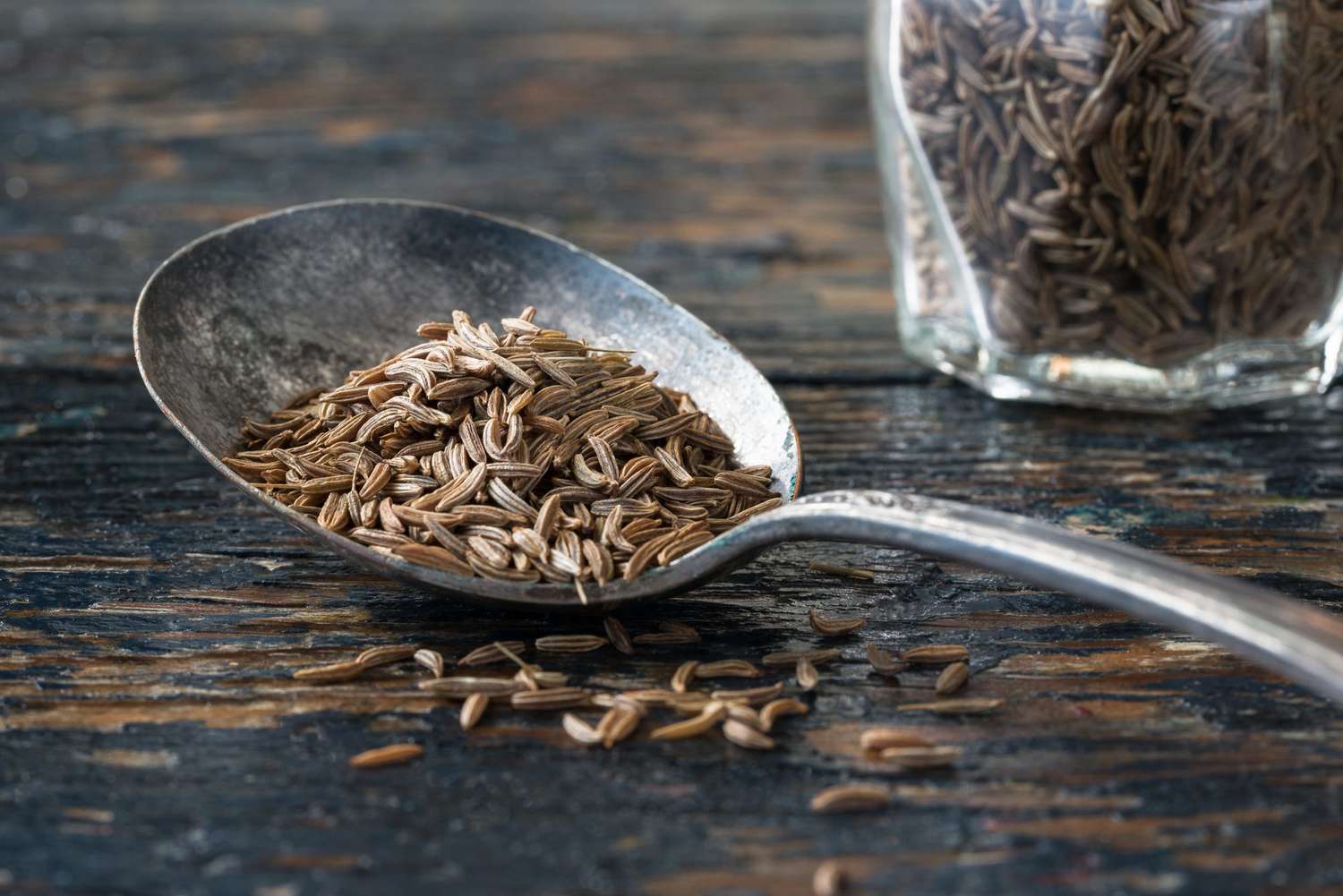
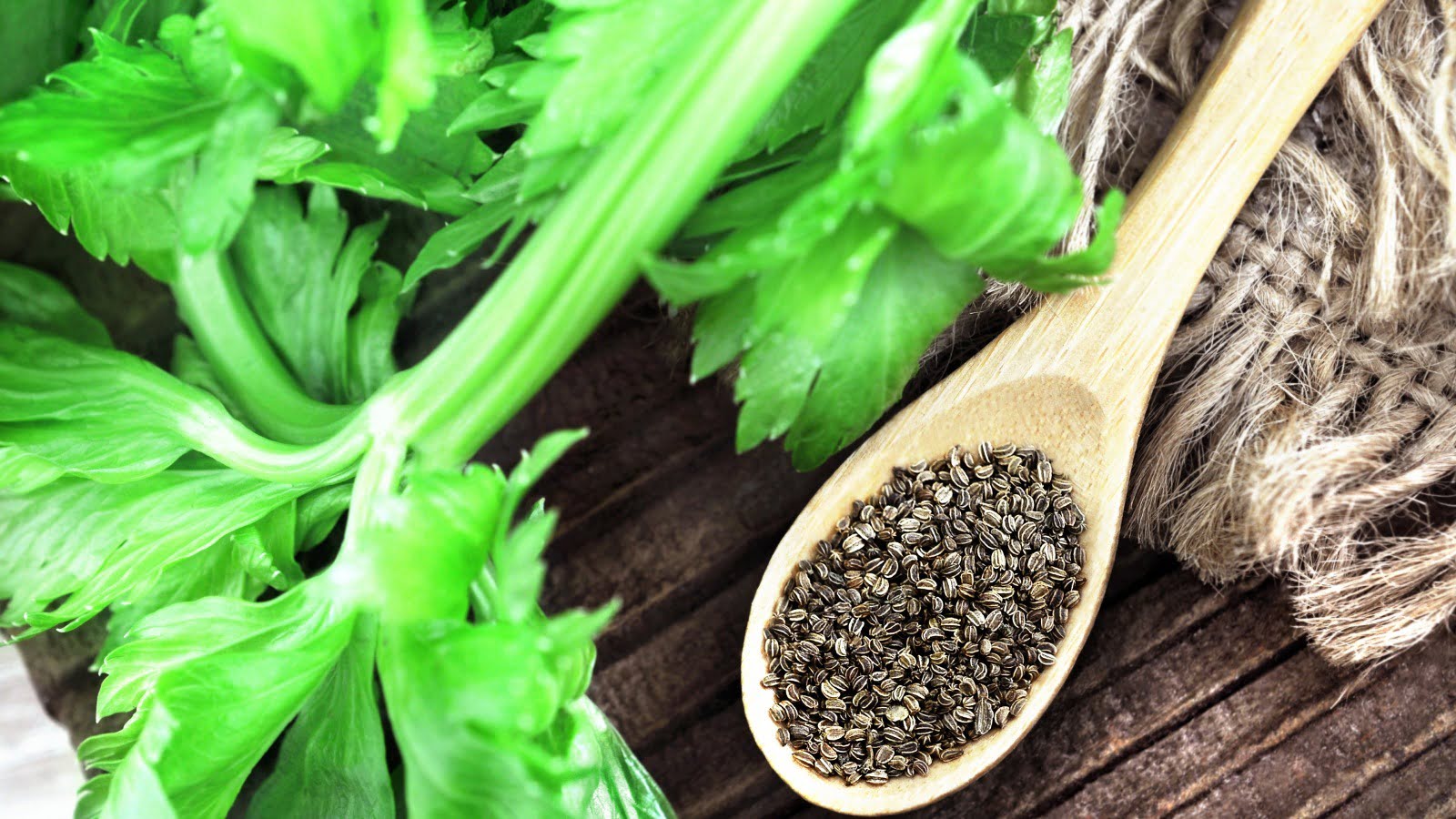

0 thoughts on “What Do You Use Thyme For In Cooking”